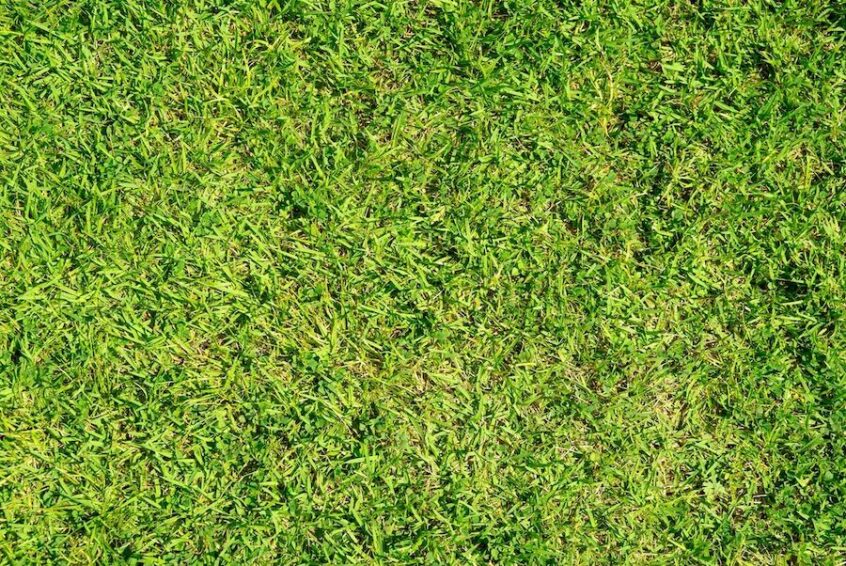Lawn aeration is an important lawn maintenance process that can help promote good yard health. Core aeration is the most common aeration practice, and it’s one that Legacy Turf Farms recommends for our customers here in Georgia! A core aeration machine mechanically removes plugs or “cores” of soil from a lawn. This allows for air and water to permeate further down into the soil, reducing the impact of soil compaction. The red clay that Georgia is so famous for means that we have high-clay content in our soil. Over time, the earth beneath your lawn can become really compacted and squished down. This compaction becomes even worse during cold and wet weather.
Why is Soil Compaction a Problem?
Healthy soil should have enough wiggle room for water to carry nutrients down to the roots of your grass. Compacted soil prevents this movement of water through the ground. In turn, this prevents grass from absorbing nutrients and water. This happens either because the ground is too compacted for water to drain, or because the roots themselves get choked by the soil. Better drainage generally leads to better lawn health, and better lawn health generally means that your grass is more resistant to disease and pests.
Does Your Lawn Need to be Aerated?
While soil compaction happens under the turf where we can’t see it, there are some signs to watch out for. If you notice that your lawn is thin or patchy, or if you have difficulty getting your yard to grow, it may be a sign that your soil is compacted and in need of aeration. A thick buildup of thatch, or dead grass that your lawn has shed, can also cause patchiness and difficulty growing. Luckily, aeration can help speed up the thatch breakdown process!
Another sign that your lawn may need to be aerated is if you notice that water is not penetrating the soil. When soil is compacted, it can be difficult for water to penetrate and reach the roots of your grass. If you notice that water is pooling on the surface of your lawn, or if you have to water your lawn frequently, it may be a sign that your lawn needs to be aerated.
The last sign that your lawn may need to be aerated is if it isn’t responding well to fertilizer. If you are applying fertilizer to your lawn and not seeing any improvement, it may be a sign that the fertilizer is not reaching the roots of your grass. Aeration can help to create openings in the soil that allow fertilizer to reach the roots of your grass, making it more effective.
Check out our previous post on How to Improve Your Lawn’s Drainage for more information and ideas on improving your soil quality!
How and When to Aerate Your Lawn
Aeration is a simple and straightforward process. Don’t own a hand aerator or a power aerator? No problem! They can usually be rented from gardening centers and hardware stores. Most lawn care companies will also offer this service.
It’s important to make sure that you’re aerating your lawn at the right time of year. As a general rule, you DON’T want to aerate your lawn when the temperatures are below freezing. This goes double for warm-season grasses, such as Bermuda and Zoysia. Aeration opens up holes in the ground, exposing the roots of your grass. This is a good thing when the weather is mild as it allows air and water to reach the roots. However, it can be detrimental to your lawn’s health if the roots are exposed to freezing air temperatures. Legacy Turf Farms recommends aerating your lawn in the spring or the early fall when the weather is consistently above freezing. Of course, check the temperatures for your region before you get started!
Caring for Your Lawn After Aeration
After aerating your lawn, it is important to water it thoroughly. This will help to ensure that water can reach the roots of your grass. It also helps make sure the soil plugs that were removed are replaced with new soil. Finally, it’s important to fertilize your lawn after aerating. This will help to promote new growth and improve the overall health of your lawn.
Need tips on how to keep your lawn hydrated after aeration? Check out our guide on Keeping New Sod Hydrated – while it was written about sod specifically, the same principles apply to established lawns or lawns that have recently been aerated!
